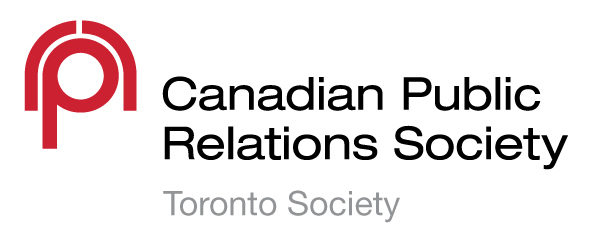By Cora Timofte @Cora_T
Members can view an archived webinar of this October 27, 2011 presentation (length 37:20) by David Scholz, Executive Vice President, Leger Marketing and Carolyn McGill, President and CEO, CNW Group in the members’ only blog.
Social media is the new normal, according to results from the Social Media Reality Check 2011, a unique study that looks at professional communicators’ use of social media in comparison to consumer opinions and the influence social media has on purchasing behaviour.
The study was first conducted in 2009 and reproduced twice in 2011. The results of all three sessions were contrasted and presented to an audience of communication practitioners, during the last CPRS professional development session, held on October 27, 2011.
A total of 590 communication professionals and over 1000 Canadian consumers were surveyed. According to Statistics Canada, 77 per cent of Canadians are online (connected to the Internet), with results of the survey indicating that 69 per cent of online Canadians use social media.
Social media tools and usage
The most popular social media websites among professionals and average consumers alike are Facebook and Twitter, followed by YouTube and Google Plus. Most people use social media at least once a day or more, but the reasons for use are different in professionals versus the general public.
Professional communicators use social media to find out news and information, share knowledge and ideas, keep updated with industry news and monitor talk about their organization.
A surprising finding indicates that only 40 per cent of practitioners use social media outlets to monitor their competitors or engage with journalists and bloggers. This is an area of downfall and in need of immediate update, according to David Scholz (@dave_scholz), VP at Leger Marketing – the company responsible for conducting the Social Media Reality Check 2011.
The majority of consumers use social media very differently compared to professionals, namely to keep in touch with friends and family, for entertainment purposes and to read about specific topics of interest.
Even though the study discovered a significant number of Canadians using social media to research information about various products and services, the majority of consumers don’t let this information affect their major purchasing decisions.
According to survey results, both communications professionals and consumers believe that social media can help shape opinions because people tend to generally trust information presented through social media channels more than information presented through advertising (46 per cent).
Social media in corporate communications
Carolyn McGill (@CarolynDavidson) President and CEO of the CNW Group, pointed out that with increased consumer demand for social media presence, senior management teams at most organizations are becoming increasingly supportive of online communication channels.
Most corporations still lack a proper budget for social media activities, but almost half of communications professionals surveyed expect an improvement in that area by next year.
The tools most commonly used by communications professionals, as reflected by survey results, include Twitter, blogs and multimedia elements.
More than half the number of Canadian organizations have at least one Twitter account, used to promote product launches and events, engage stakeholders and provide customer service assistance.
Blogs are becoming more influential and are recognized by communicators as an opportunity for opinion shaping, as a result of their seemingly unbiased structure.
Multimedia, as a communications tool, has seen increasing demand from consumers and the media, to increase visual interest, enable sharing and increase viewership.
Social media communication has increased from 2009 to 2011 in the professional and consumer sectors, with users discovering new ways to apply it.
Contrary to what most communicators believe, extensive social media exposure does not guarantee loyalty or a good reputation among stakeholders. Survey results show that consumers realize social media is just another communication vehicle and what they expect from organizations and professional communicators is more than just an online appearance.
Photos provided by CP Images
